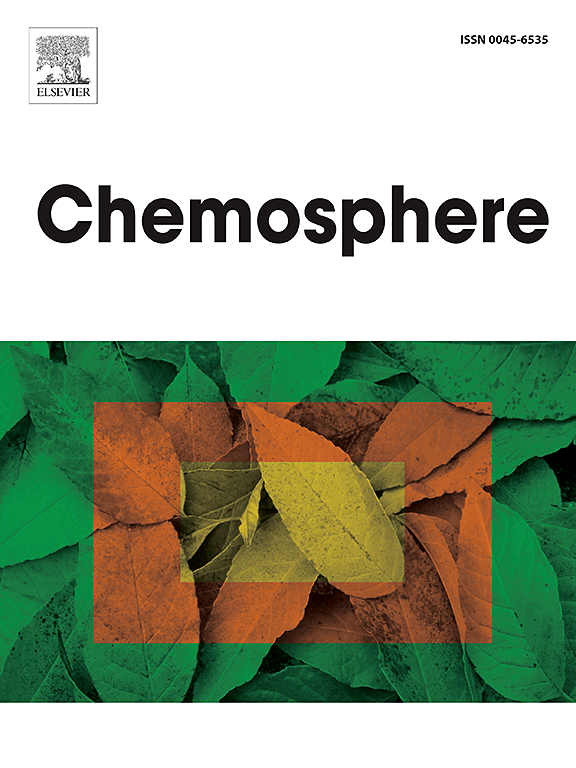Approaches towards sensitive and reliable determination of trifluoroacetic acid (TFA) from German grass- and farmland soils
IF 8.1
2区 环境科学与生态学
Q1 ENVIRONMENTAL SCIENCES
引用次数: 0
Abstract
In light of the emerging threat of environmental contamination from per- and polyfluoroalkyl substances (PFAS), there is a growing need for analytical techniques that can be applied to a range of environmental matrices, including water, air, plant, and soil samples. Trifluoroacetic acid (TFA) is a member of the PFAS class, representing the shortest perfluorinated carboxylic acid and is an emerging pollutant whose environmental levels are expected to increase in the future. Soil matrices represent the interface between plant and ecosystem uptake of TFA, but contamination is poorly understood, largely due to a lack of uniform TFA determination methods.
This study compares six ways of determining TFA in soils and highlights their limitations. We present a validated sample preparation method with high recoveries (104 %), low LOD (0.015 ng/g) and LOQ (0.045 ng/g). This approach includes isotope dilution analysis with hydrophilic interaction liquid chromatography coupled to tandem mass spectrometry (HILIC-MS/MS) detection.
The method was applied to quantify the TFA content in 100 soil samples from grassland and farmland across Germany. The results indicate the ubiquity of TFA, accompanied by elevated contamination levels in certain locations. An analysis of variance revealed no correlation with collection site and designation purpose. However, a low correlation was observed with dry bulk density.
德国草地和农田土壤中三氟乙酸(TFA)灵敏可靠测定方法研究
鉴于单氟烷基和多氟烷基物质(PFAS)对环境污染的新威胁,越来越需要能够应用于一系列环境基质的分析技术,包括水、空气、植物和土壤样品。三氟乙酸(TFA)是PFAS类的一员,是最短的全氟羧酸,是一种新兴的污染物,其环境水平预计将在未来增加。土壤基质代表了植物和生态系统对TFA吸收之间的界面,但由于缺乏统一的TFA测定方法,人们对污染知之甚少。本研究比较了测定土壤中TFA的六种方法,并强调了它们的局限性。建立了高回收率(104%)、低LOD (0.015 ng/g)和低LOQ (0.045 ng/g)的样品制备方法。该方法包括同位素稀释分析,亲水性相互作用液相色谱耦合串联质谱(HILIC-MS/MS)检测。该方法被用于量化德国100个草地和农田土壤样品中的TFA含量。结果表明,TFA无处不在,在某些地方污染水平升高。方差分析显示与收集地点和指定目的无关。然而,与干容重的相关性较低。
本文章由计算机程序翻译,如有差异,请以英文原文为准。
求助全文
约1分钟内获得全文
求助全文
来源期刊

Chemosphere
环境科学-环境科学
CiteScore
15.80
自引率
8.00%
发文量
4975
审稿时长
3.4 months
期刊介绍:
Chemosphere, being an international multidisciplinary journal, is dedicated to publishing original communications and review articles on chemicals in the environment. The scope covers a wide range of topics, including the identification, quantification, behavior, fate, toxicology, treatment, and remediation of chemicals in the bio-, hydro-, litho-, and atmosphere, ensuring the broad dissemination of research in this field.
 求助内容:
求助内容: 应助结果提醒方式:
应助结果提醒方式:


